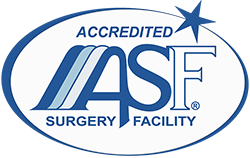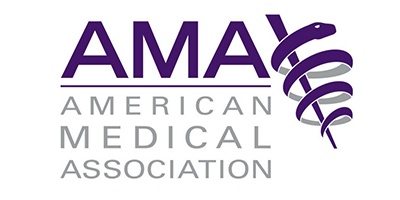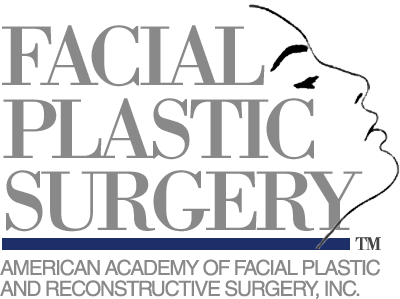Ethnic Rhinoplasty
What is An Ethnic Rhinoplasty?
Ethnic rhinoplasty is a form of nose surgery tailored to individuals from diverse ethnic backgrounds, including African American, Asian, Middle Eastern, and Hispanic patients. This procedure aims to improve nasal appearance or function while retaining key features that reflect cultural heritage. It’s a delicate balance of making improvements without altering the characteristics that define ethnic identity.
Whether addressing a wide nasal base, a low bridge, or a prominent hump, an ethnic rhinoplasty customizes the surgical approach to each patient's specific nasal structure. The goal is to achieve a natural look that enhances the overall facial appearance while preserving cultural integrity.
Consultation: Personalizing Your Ethnic Rhinoplasty
The journey to ethnic rhinoplasty begins with a detailed consultation with a board-certified surgeon who specializes in working with diverse nasal anatomies. During this consultation, you’ll discuss your goals, whether they are purely aesthetic, functional, or both. The surgeon will assess your facial features, nasal structure, and any breathing issues you may have. This step ensures that your expectations align with achievable results while maintaining the features that are important to you.
Clear communication about what you hope to achieve is essential. Whether you want to reduce the nose size, refine the tip, or improve breathing while maintaining your natural features, your surgeon will create a personalized plan to achieve the results that complement your ethnicity.
Tailoring the Procedure to Your Unique Ethnic Features
One of the most important aspects of ethnic rhinoplasty is understanding that different ethnic groups have distinct nasal characteristics. For example, African American patients often have a broader nasal base or lower bridge, while Asian patients may seek augmentation of a flatter nose. Hispanic patients may desire refinement of a bulbous tip, and Middle Eastern patients often want to reduce a dorsal hump while maintaining a strong profile.
The key is respecting and enhancing these features rather than trying to fit them into a generalized, one-size-fits-all mold. The procedure is customized to ensure that the enhancements complement your facial structure and remain harmonious with your cultural background.

Common Techniques
Surgeons performing ethnic rhinoplasty use a variety of techniques to ensure that both aesthetic and functional goals are met. These may include:
Bridge Augmentation: Used for patients who want to raise a low nasal bridge for a more defined profile.
Tip Refinement: This technique addresses a wide or bulbous nasal tip while maintaining the patient’s ethnic characteristics.
Nasal Base Narrowing: Patients with a wider nasal base can benefit from this procedure to create a more balanced appearance.
Dorsal Hump Reduction: For patients with a prominent nasal hump, such as those of Middle Eastern descent, this procedure reduces the hump while preserving facial harmony.
Recovery After Ethnic Rhinoplasty
Recovery is similar to that of traditional rhinoplasty but may vary depending on the techniques used. Swelling, bruising, and some discomfort are typical during the first week, but these side effects gradually subside. Most patients can return to daily activities after one to two weeks, though complete healing may take several months as the swelling diminishes.
Is Ethnic Rhinoplasty Right for You?
If you’re considering rhinoplasty but want to maintain your ethnic identity, it offers the perfect solution. This customized approach allows you to achieve your aesthetic goals without erasing the features that define your heritage. Whether you’re looking to refine the shape of your nose or correct functional problems, ethnic rhinoplasty can provide natural, harmonious results that celebrate your cultural identity.








